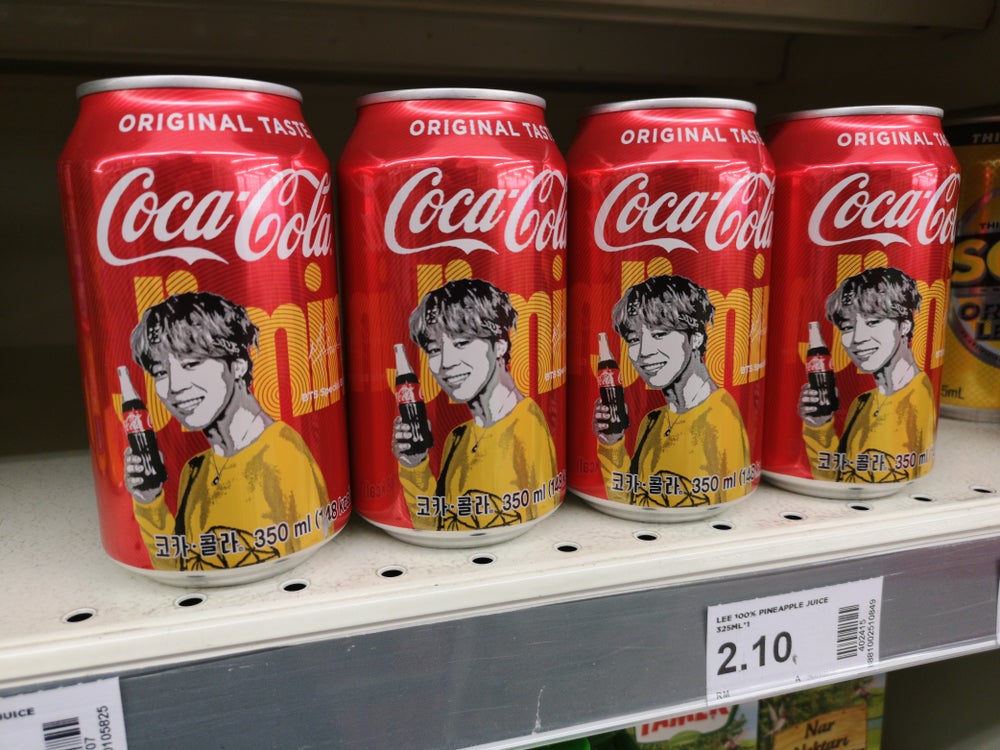When a study of business to business e-mail campaigns yielded responses between 1% and 25%, Harte-Hanks decided to investigate what made a difference.
Research from its market intelligence team isolated the top nine e-mail best practices. These were:
1. Integrate messages with other media, such as telemarketing and direct mail.
2. Craft messages based on information known about individual recipients, and segments of recipients. In the case of B-to-B efforts, content crafted differently for executives in sales, marketing, and senior management will lift response better than the same message sent to all individuals holding those three business titles.
3. Be straightforward in the subject line. The call to action should be the backbone of your subject line, and should include words that describe the offer or reason for action. Such words as “free,” “discount,” “complimentary,” or “this weekend only” in the subject line lets the creative move response.
4. Clearly indicate the message, offer, and response means. The time customers and prospects spend searching for a “reply” button or URL is enough to lose them — thus layout is critical as well as traditional direct marketing discipline and principles.
5. The sender should be a person, not a company. People also are more likely to open e-mail from a person, rather than from a company or some generic server address. Designate a sender.
6. E-mail messages must have a clear opt-out process. Permission is permission, but the choice to take that permission away must be clear and readily available to the recipient. The quickest way to earn the wrath of busy prospects and customers is to send an unexpected e-mail with no way for them to opt out. Having a prospect name by way of permission is not an excuse to duck an opt-out option — in fact, it violates DMA and Association for Interactive Marketing ethics guidelines — even for business-to-business and customer e-mails. Make it easy for people to leave gracefully, preferably with a one-click procedure, backed up by a toll-free number.
7. A response device should be more compelling than a simple link to a home page. In most cases, an e-mail campaign with only a home page link generates higher Web site “hits,” but that traffic can get lost after the home page. When using links it is better to have a landing page tailored specifically for the offer in the e-mail message.
8. Short and sweet works. Plain text-based e-mails can be very effective if they are targeted, have a compelling call to action and are brief enough to be read quickly. HTML e-mails, if utilized, need to include the same clarity and brevity in organization to elicit response.
9. Saturation points for frequency are low and getting lower. Appropriate frequency estimates vary widely, should continually be tested, but generally fall within a range of twice a week to twice a month. Err on the side of caution to foster continued good will.
Response rates for the campaigns surveyed varied based on their purpose. Market research and sales promotion messages garnered the highest response rates, at 4.1% and 1.7%, respectively. Subscription offers generated 1.4%, followed by general marketing (1.3%), and online and offline seminar invitations (1% each).
The San Antonio, TX-based marketing services firm examined 700 permission-based e-mail campaigns. These campaigns were designed and executed by Harte-Hanks customers between August 2001 and August 2002.



